Nasrid Fabrics. Their use in Clothes
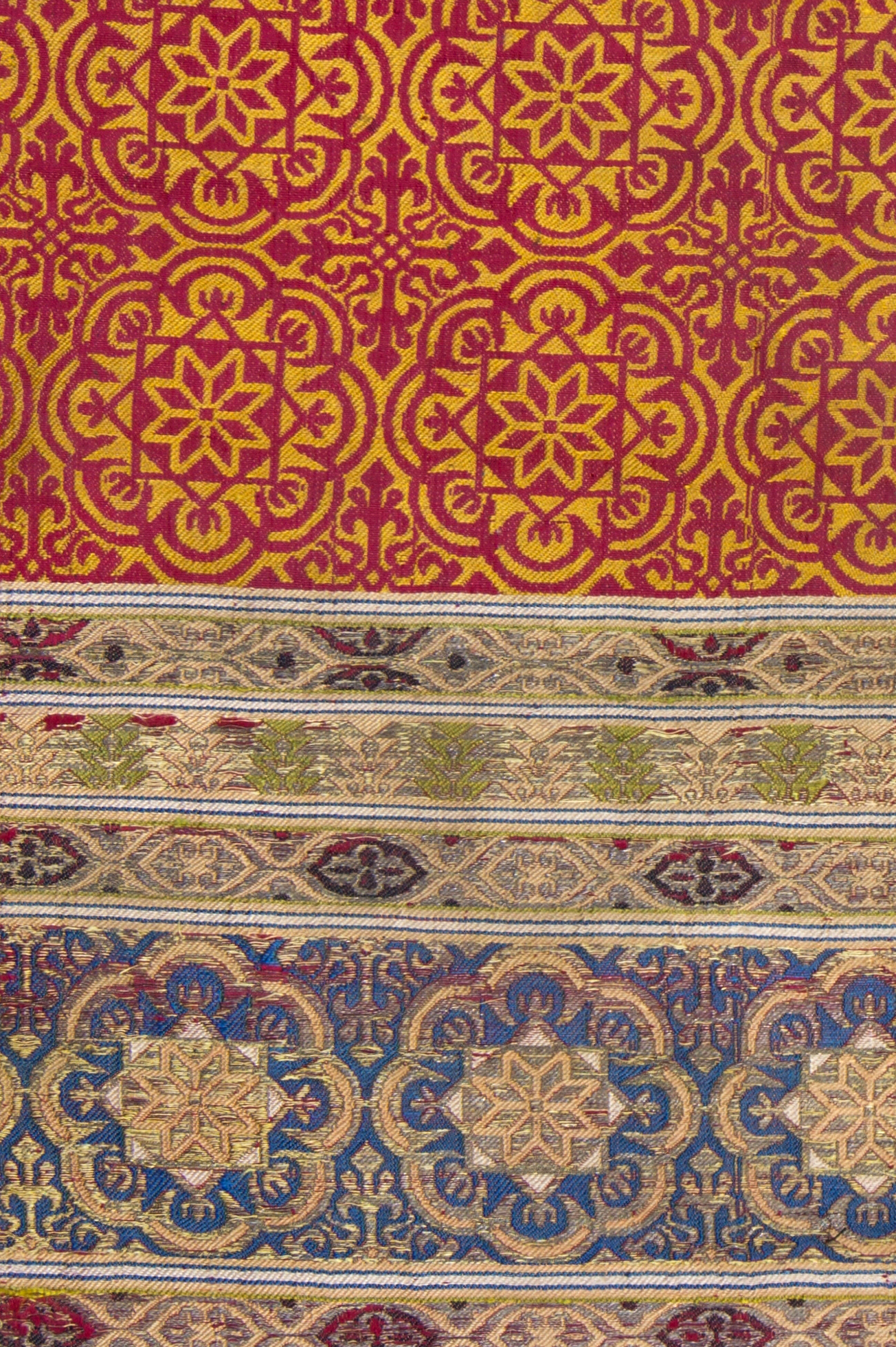
Ms Carmen Mateos
Fabrics, cloth and embroidery are everyday items with close links to their owner and his or her relationship with others. Throughout history fabrics and cloth are and have been the basic material for making clothes, and have also been used to cover floors, walls and ceilings, swaddle new-born babies and shroud the dead.
Fabrics took on a value that went beyond these basic functions. Clothes helped define one’s status, the social class of the person who was wearing them. The colour or lack of it also set people apart, as did the use of decorations (embroidery, gems and overlays).
We know a lot about the use and the development of clothing through figurative artwork, such as the paintings in the Hall of Kings or in the house in the Partal and from chroniclers of the time such as al-Khatib and others, thanks to whom we know how men, women and children of the time liked to dress.
The silk industry played a very important role in the economy of the Kingdom of Granada, which exported large quantities of spun silk and luxury fabrics.
The raw material was produced in various places in the Kingdom in the cities of Malaga, Almeria and Granada. According to both Muslim and Christian sources, Almeria was the most important textile production centre.
The most commonly used materials in fabrics were: flax, cotton, wool, gold and silk and to know more about the industry you have to find out more about their knowledge of spinning and the dyes they used.
The talk on Sunday 17th will be transmitted live on the Periscope application for smartphones and tablets
Sunday 10th and 17th JANUARY at 12.00h
Place: Museum of the Alhambra, Palace of Charles V
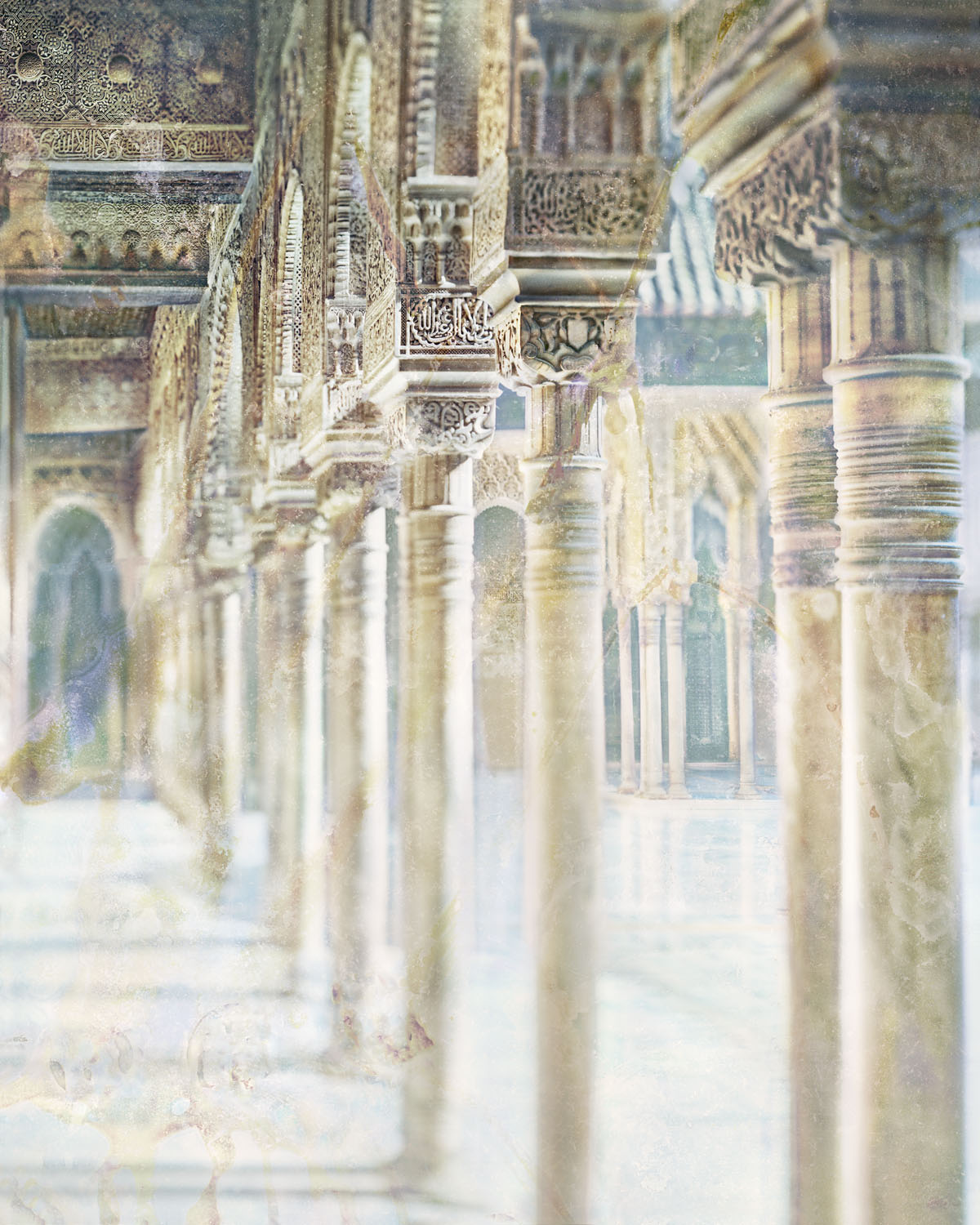
La Alhambra, a look from Fernando Manso
MORE INFORMATION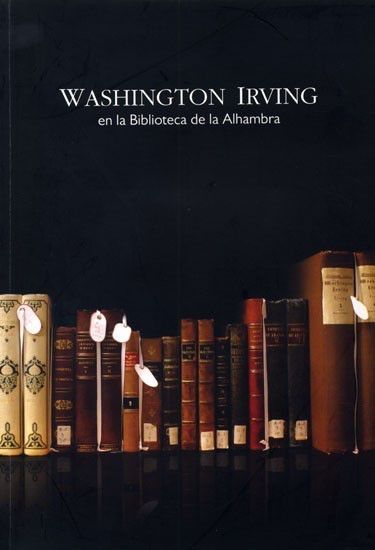
WASHINGTON IRVING AND THE ALHAMBRA
MORE INFORMATION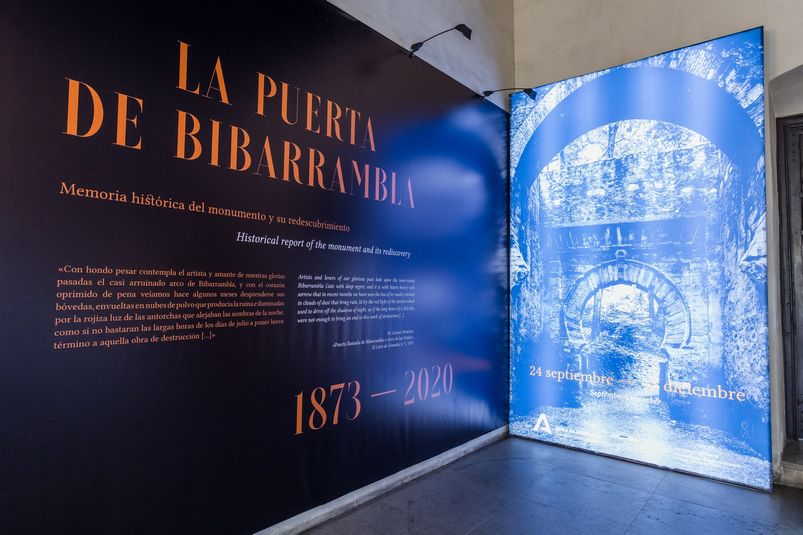
THE GATE OF BIBARRAMBLA. Historical report of the monument and its rediscovery
MORE INFORMATIONTHE EMPEROR´S CHAMBERS
MORE INFORMATION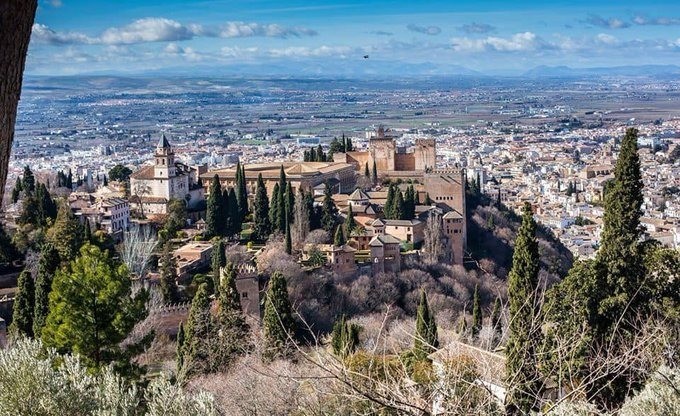
The Council of Alhambra and Generalife will refund automatically the full amount of the bookings
MORE INFORMATION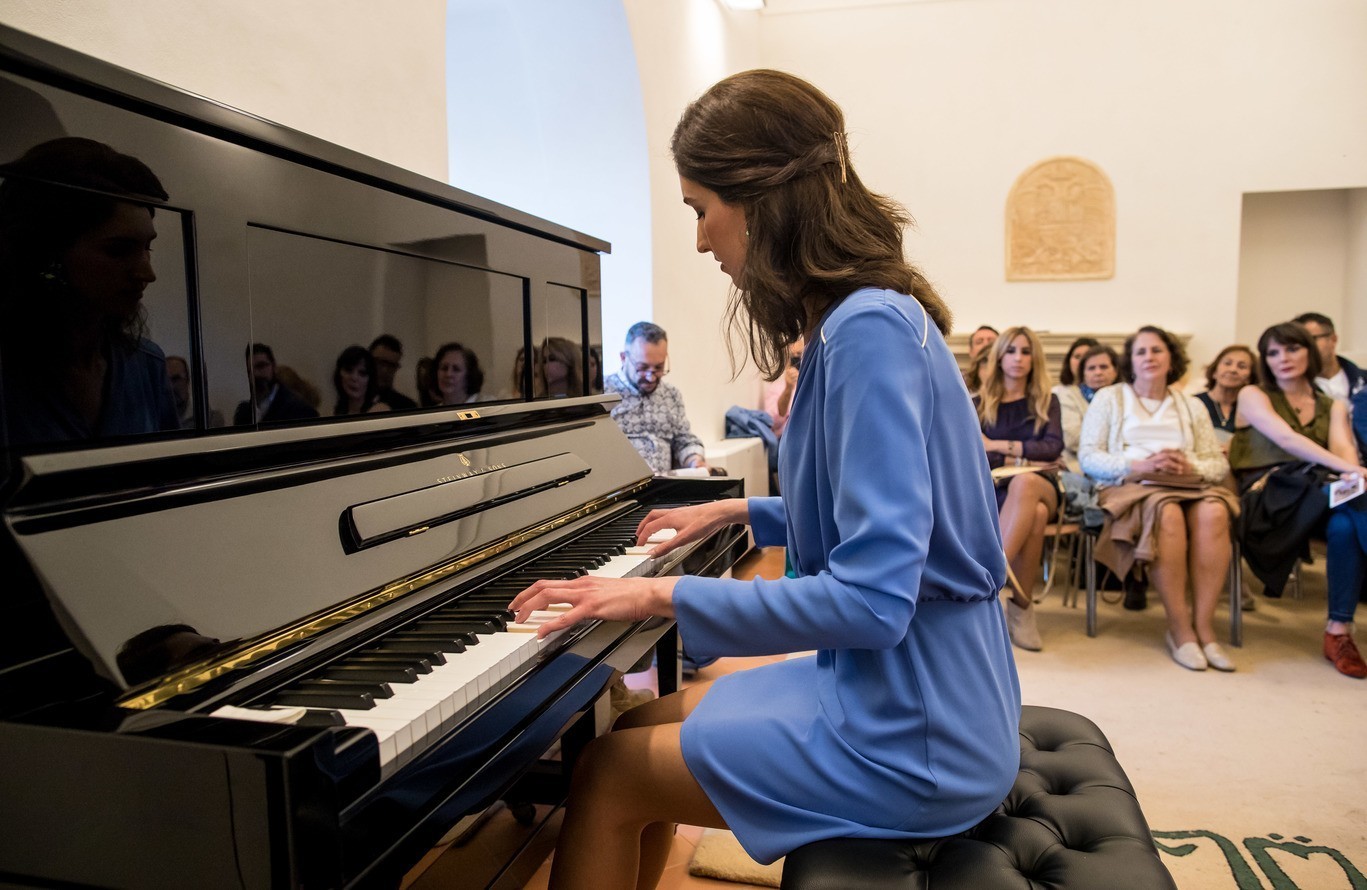





 Contact
Contact















